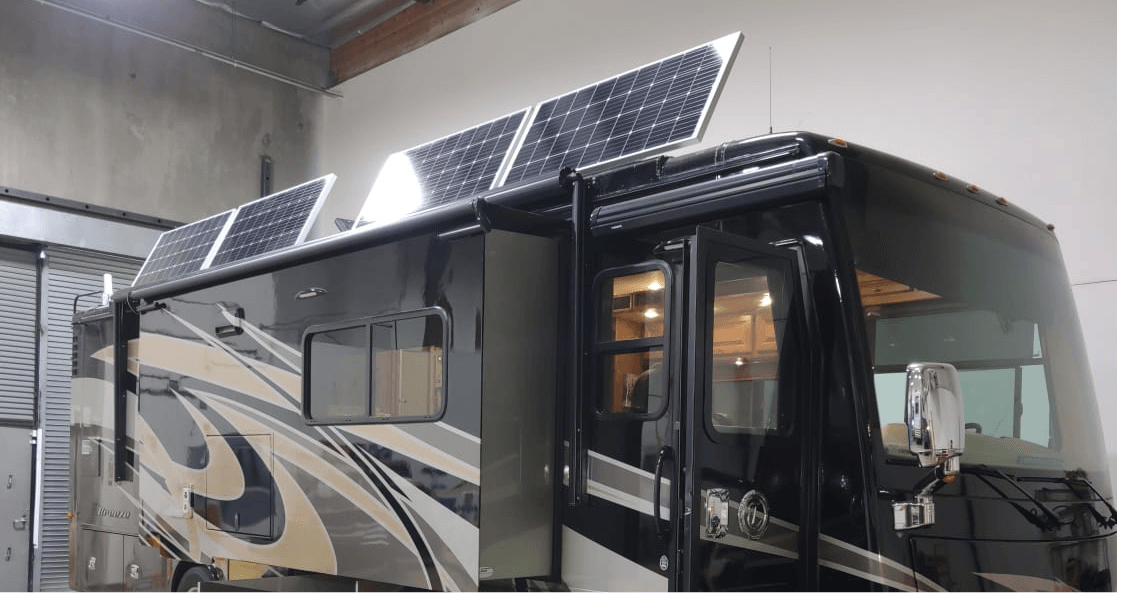What is the ITC?
The ITC is called the "Investment Tax Credit." It is a 26% federal tax credit for solar installations on both residential and commercial properties, reducing the tax liability for individuals or businesses that purchase qualifying solar energy technologies.
The ITC drives growth in the industry and plays a vital role in creating new high-wage jobs, spurring economic growth, ensuring U.S. global competitiveness, and lowering energy bills for consumers & businesses.
As a stable, multi-year incentive, the ITC encourages private sector investment in solar manufacturing and solar project construction. The solar ITC is the cornerstone of continued growth of solar energy in the United States.
THE RESIDENTIAL SOLAR ITC TAX CREDIT STEP DOWN
The federal Solar Investment Tax Credit (ITC) declines according to the following schedule:
January 1, 2021-December 31, 2021 26%
January 1, 2022-December 31, 2022 26%
January 1, 2023-December 31, 2023 22%
* Commercial projects remain at 10% indefinitely. An act of Congress could modify this incentive structure to extend tax credits for residential consumers beyond 2022. Several such bills have been introduced and are being actively considered.
THINGS TO KNOW ABOUT THE RESIDENTIAL SOLAR ITC
-- The tax credit is not a refund, it is a credit. The federal government will not send you a check in the amount of the credit but rather the IRS allows you to deduct 26% of the cost of your solar system from what you owe in taxes.
-- You need tax liability (e.g. owe federal taxes) to benefit from this incentive.
-- The IRS allows a carryover of unused solar tax credits to subsequent years, up to five years. For example, if your 26% credit is worth $6,000, and you only owe $3,000 on your 2019 taxes, you can apply the remaining $3,000 to your 2020 tax liability. CALSSA recommends consumers always consult with a tax professional for tax advice.
-- Simply purchasing a residential solar system by the end of the year is not enough to claim the full tax credit. The IRS says the system must be “placed in service” before the end of the year, meaning the system is installed and capable of being used. The process of signing a contract and installing a system can sometimes take several weeks.
-- If a solar system is placed in service in 2022, you will qualify for a 26% tax credit instead of 22%.
-- You must purchase the system to claim the ITC. Consumers may not claim the tax credit for leases or Power Purchase Agreements (PPA). Paying cash or financing the system through a loan or PACE (Property Assessed Clean Energy) does allow you to claim the ITC.
-- You can claim the ITC on an energy storage system if it is charged by your home’s solar panels. This applies whether you are installing the battery along with the solar panels or if you are adding a battery to a pre-existing solar energy system.
-- California also provides rebates for home battery systems. This incentive is in addition to the tax credit but consumers need to account for the rebate when claiming the tax credit.
-- Batteries are needed for most solar energy systems to provide electricity for a home during a blackout or “Public Safety Power Shutoff” (PSPS event). - Thanks to our friends from: CA Solar Assoc.
Los Angeles, CA 90017
Now serving: The Orange County Area!
Phone: 907-205-1031
SERVICE AREA
We are based in Los Angeles County, and serve the entire Northern and Southern California area, the LA area, SF Bay Area, Nevada, and Arizona! We also serve Orange County, CA. Contact us now!
CONTACT
Please click HERE
to fill out our
form now! Provide all relevant
information. We serve you better
the more detail you provide.
Customer service will contact you!
form now! Provide all relevant
information. We serve you better
the more detail you provide.
Customer service will contact you!

